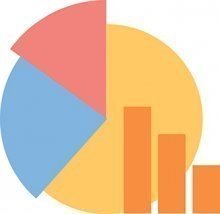By the Numbers: 20 November 2023
6.9%
The percentage of veterans who "met criteria for past-year serious psychological distress," according to a recent report from the RAND Corporation -- A Summary of Veteran-Related Statistics. The report noted that this percentage is "significantly higher among female, gay/lesbian, bisexual, and post-9/11 veterans". Additional data points:
- Within every age group, the prevalence of binge drinking and alcohol use disorder was numerically higher for veterans than for nonveterans.
- Younger veterans (under age 65) were more likely than nonveteran peers to get mental health treatment, whereas older veterans (age 65 and older) were less likely than nonveteran peers to get treatment. For every age group, veterans were more likely than nonveterans to get alcohol/drug treatment.
6.9%
The percentage of veterans who "met criteria for past-year serious psychological distress," according to a recent report from the RAND Corporation -- A Summary of Veteran-Related Statistics. The report noted that this percentage is "significantly higher among female, gay/lesbian, bisexual, and post-9/11 veterans". Additional data points:
- Within every age group, the prevalence of binge drinking and alcohol use disorder was numerically higher for veterans than for nonveterans.
- Younger veterans (under age 65) were more likely than nonveteran peers to get mental health treatment, whereas older veterans (age 65 and older) were less likely than nonveteran peers to get treatment. For every age group, veterans were more likely than nonveterans to get alcohol/drug treatment.

